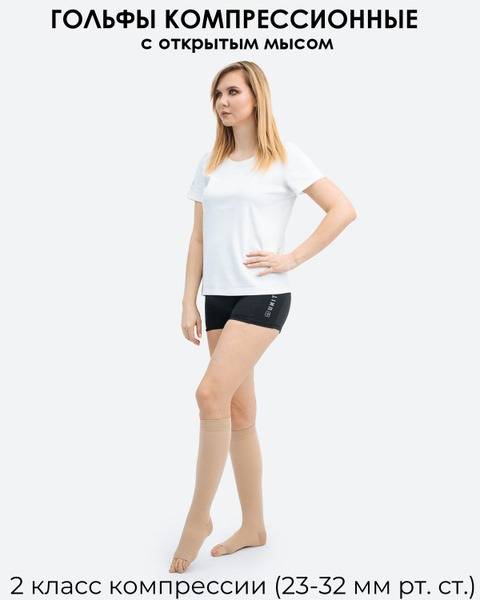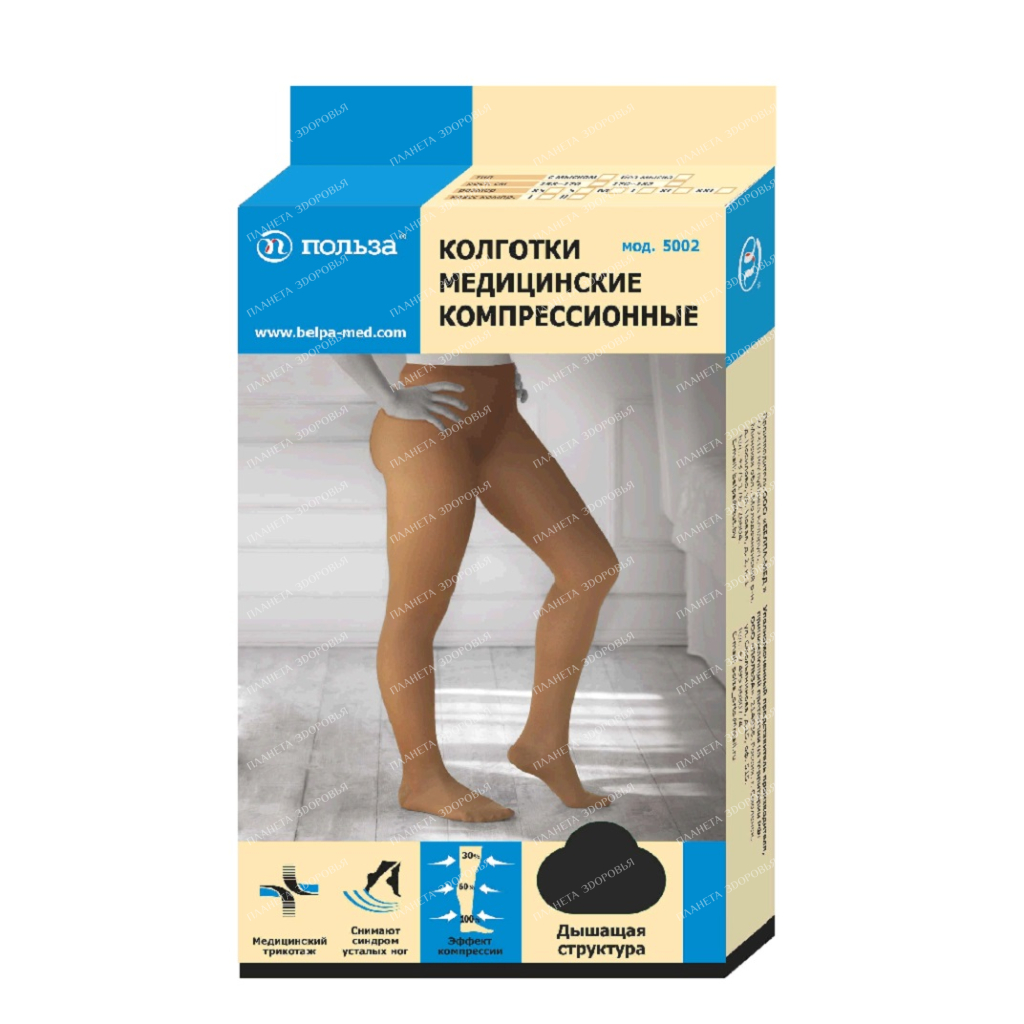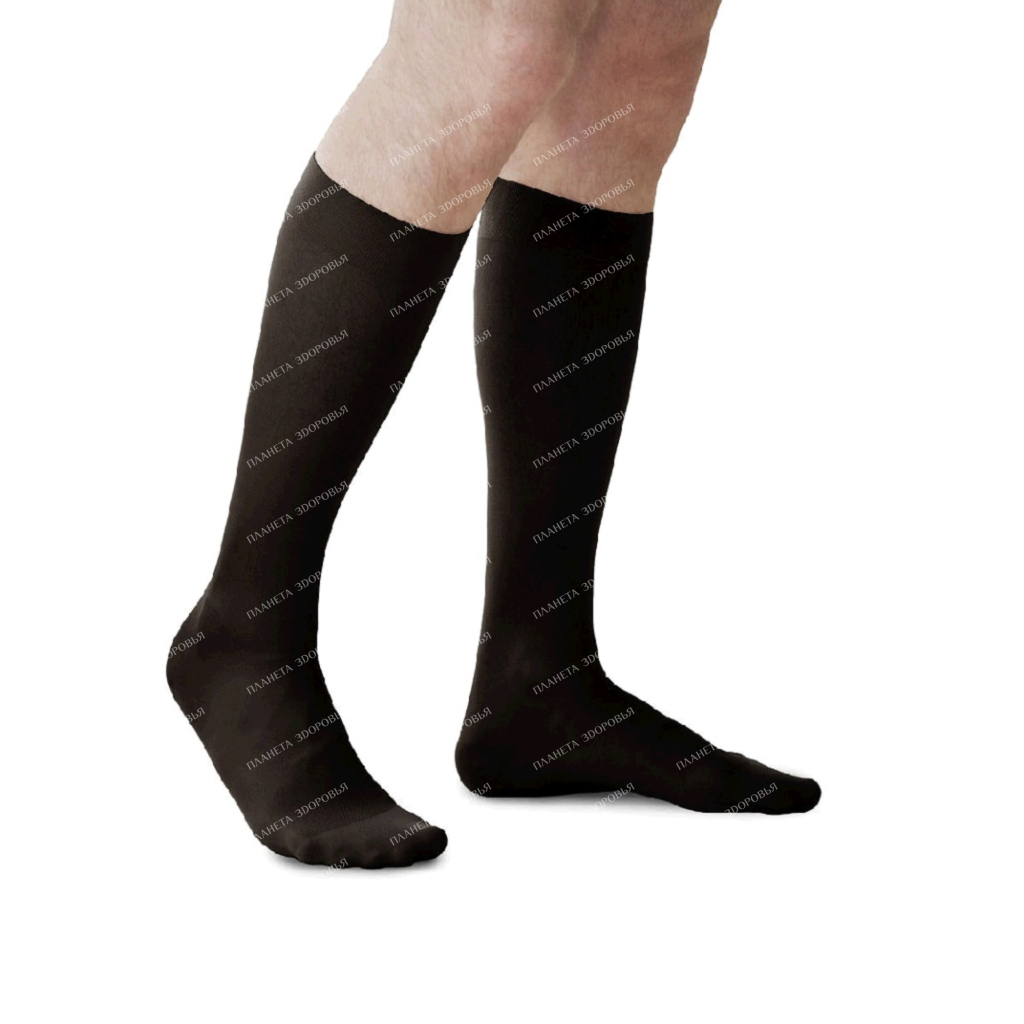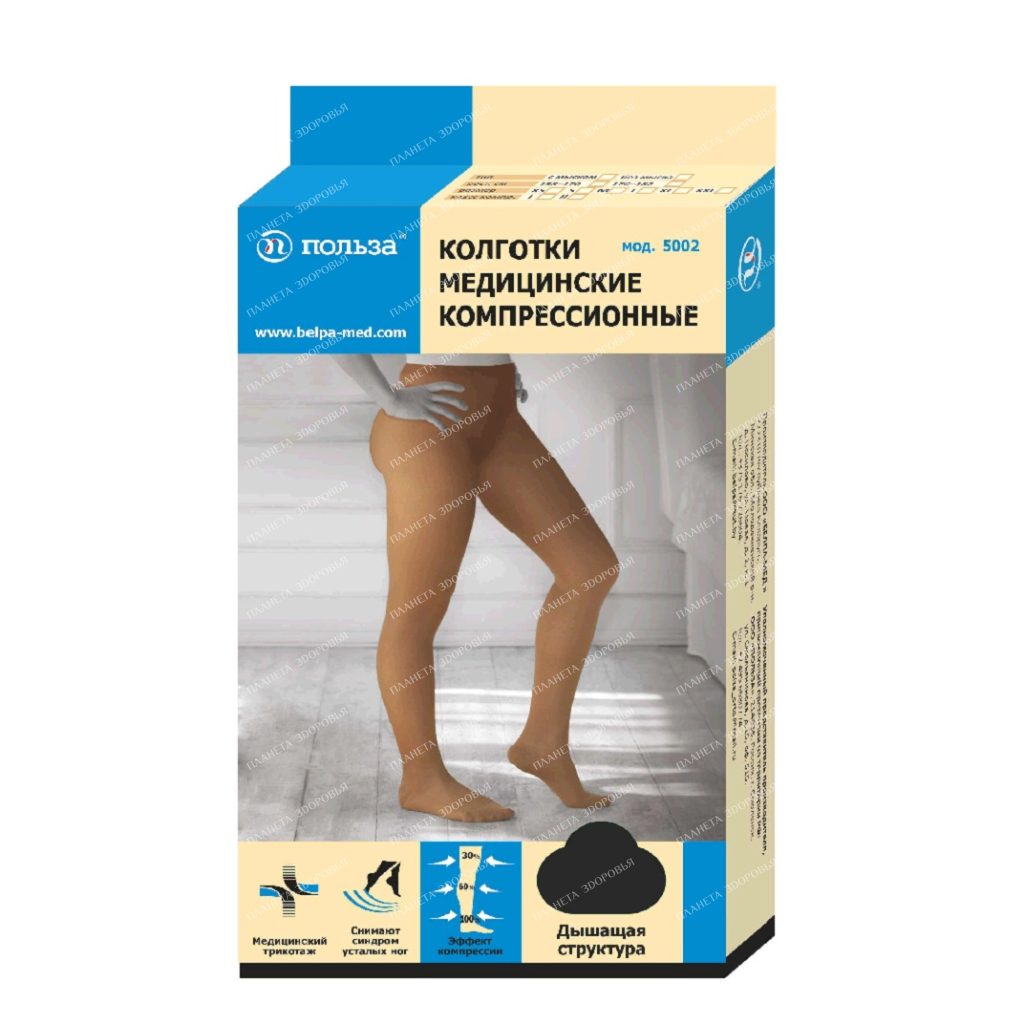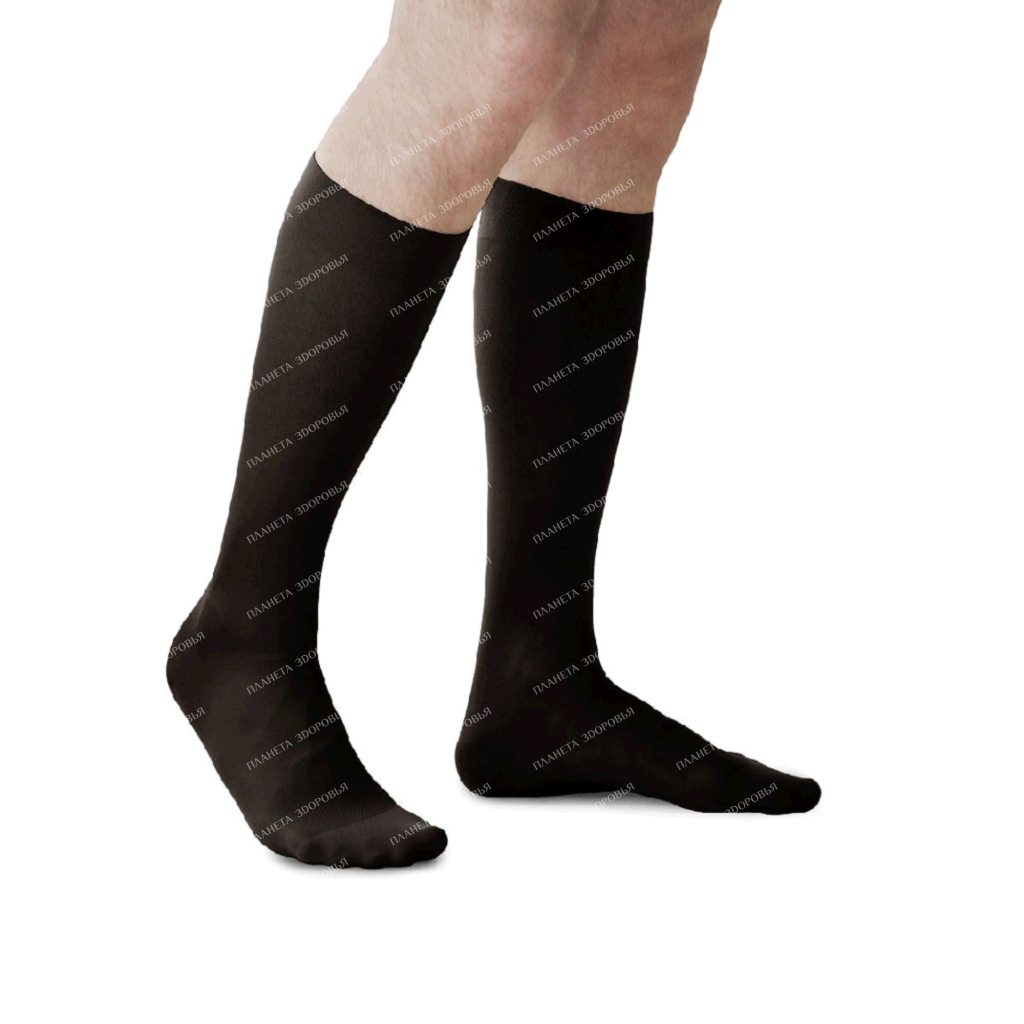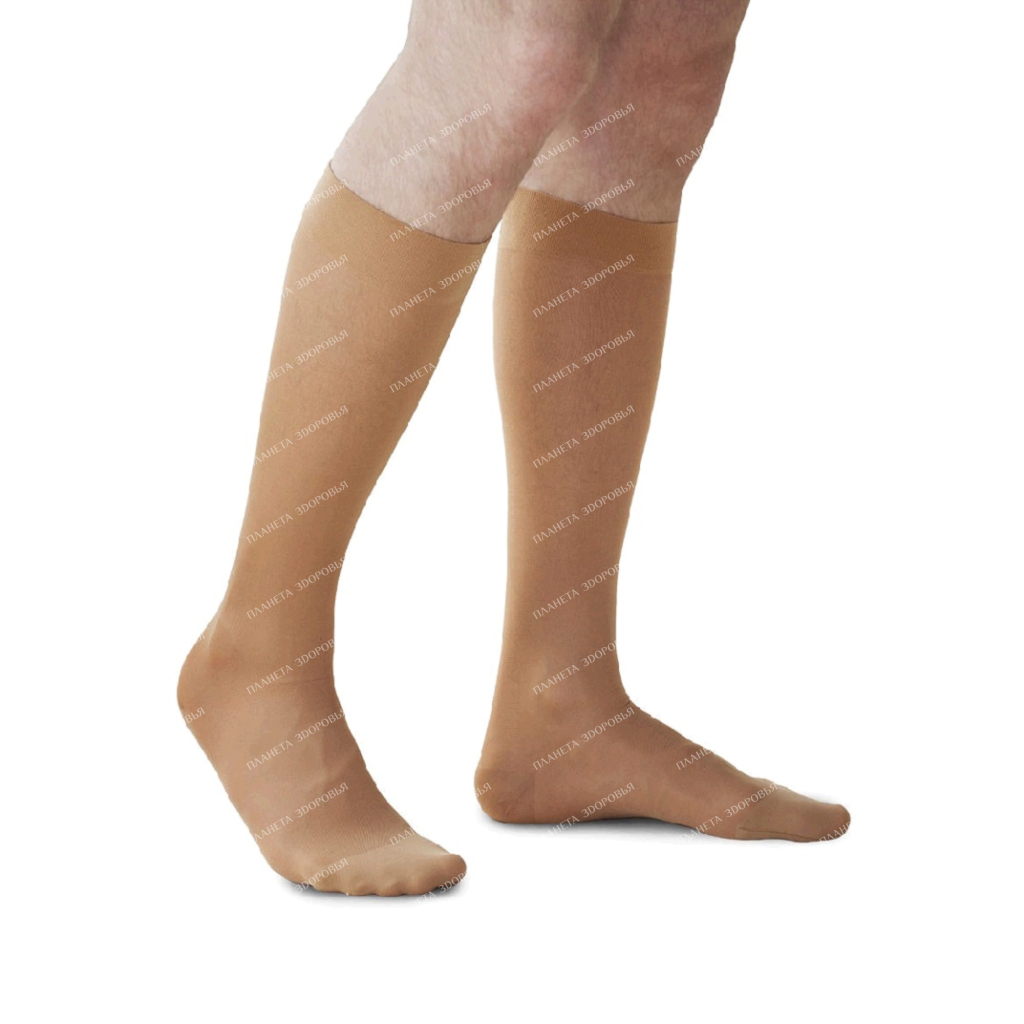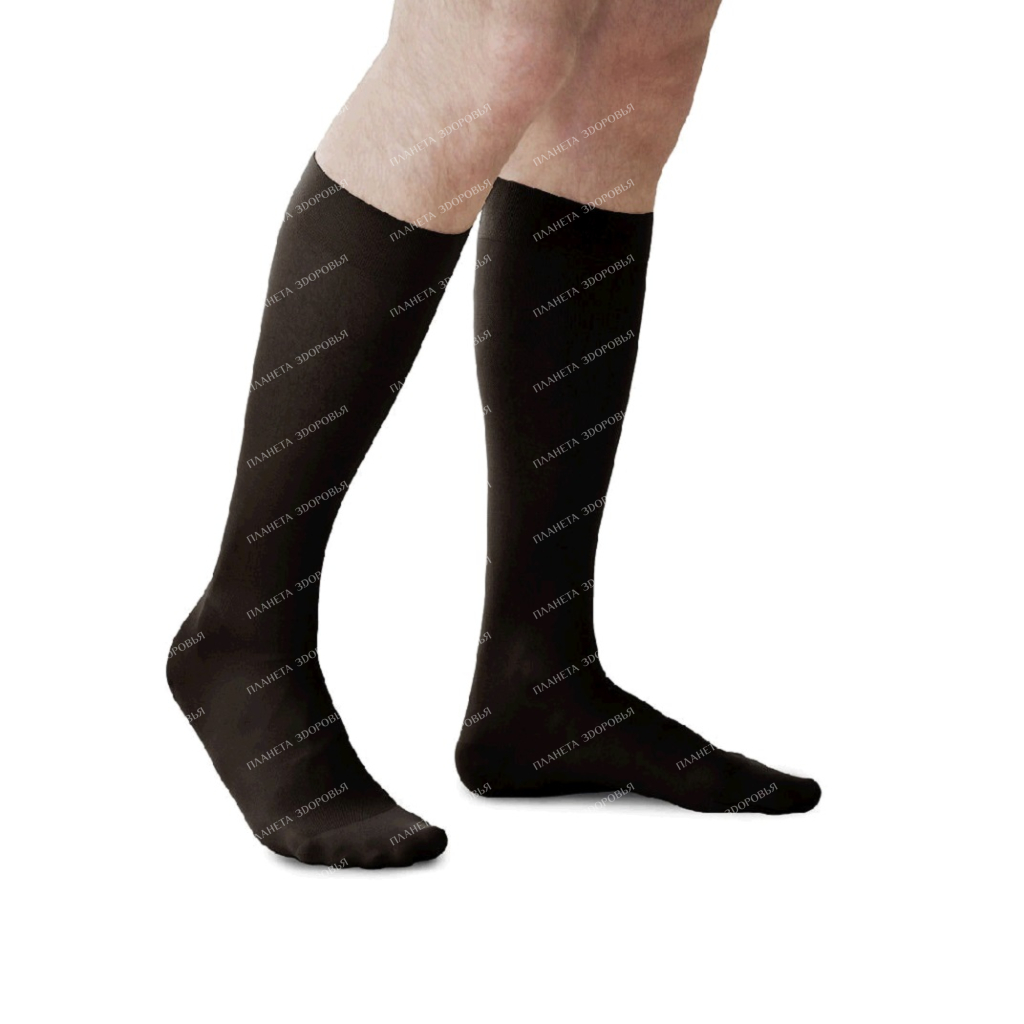Beige Compression Socks, Compression Class 2 (23-32 mmHg) - Almed
Title: Beige Compression Socks, Compression Class 2 (23-32 mmHg) - Almed
Description:
Almed beige compression socks offer graduated compression (23-32 mmHg, Class 2) for effective venous thromboembolic complication management in pre- and postoperative periods following surgery on internal organs. They also provide prophylaxis and treatment for venous diseases, post-thrombotic syndrome, lymphedema, and prevent post-operative complications after sclerotherapy and phlebectomy. Recommended for post-operative and postpartum recovery, and various ambulatory and inpatient surgical procedures.
Indications:
- Venous disease prevention and treatment
- Varicose vein prevention in pregnancy
- Edema prevention and management
- Lymphedema and lipoedema (tissue swelling due to lymphatic drainage impairment and fatty tissue swelling)
- Restless legs syndrome
- Reticular (net-like) varicose veins, telangiectasias
- Functional phlebopathies
- Deep vein thrombosis (DVT) prevention
- Treatment and post-thrombosis recovery of lower limb DVT
- Excessive lower limb strain
- Post-surgical venous treatment (3-month post-operative wear)
- Compression therapy after phlebosclerotherapy and venous surgery
Consult a healthcare professional before use.
Application:
These socks can be used at home or in medical facilities. Size selection should be based on measurements (taken with a non-restrictive measuring tape) according to the size chart. Apply directly to the skin. Ensure hygienic hand care (or wear gloves) and remove jewelry to prevent skin or sock damage before application. It is recommended to put them on in the morning and remove them in the evening, unless otherwise advised by your doctor. Discontinue use and consult a healthcare professional if discomfort occurs.
How to Put On:
Manually:
- Hold the sock with the front facing outwards.
- Insert your hand up to the heel, grasping the heel from the inside.
- Turn the sock inside out only to the heel, smoothing it into a funnel shape.
- Turn the heel towards you.
- Insert two thumbs inside the inverted sock, stretching it wide and pulling it up to mid-foot.
- Pull up the heel area, aligning it with your heel and securing it.
- Grasp approximately 3-5 cm of the sock.
- Pull the heel section onto your heel.
- In sections (approximately 5 cm at a time), grasp and stretch the sock, smoothing it upwards until fully applied.
- Gently smooth the sock to eliminate wrinkles.
Using a Donning Aid (Butler):
A donning aid simplifies application for the elderly, immobile, or weakened patients.
- Place the donning aid on the floor, the arch facing you.
- Hold the sock with the heel facing you.
- Pull the sock onto the donning aid up to the heel.
- Insert your foot into the sock, placing your foot on the floor.
- Pull the donning aid upwards to the knee.
- Remove the donning aid.
- Distribute the sock evenly over your leg.
- Smooth any wrinkles.
How to Remove:
- Grasp the top of the sock and, turning it inside out, pull it downwards to the knee, then ankle, and finally the toe.
- Avoid pulling on the elastic; grasp the knitted fabric.
Important Notes:
- If the sock feels too tight, don't pull it up; instead, lower it and reapply in sections, applying more force. Gloves are recommended during application.
- Do not apply creams or ointments to the area where the silicone strip adheres.
- Do not cut loose threads or labels to prevent unraveling.
Construction:
Breathable, moisture-wicking, antibacterial fabric with optimal compression properties. Specialized knitting technology for different body parts. Optimal pressure distribution. Soft edges prevent skin irritation. Open toe design. Uses Class "A" complex yarns with double S-shaped braiding in opposing directions for enhanced durability. Complies with compression class 2 (23-32 mmHg) standards. Available in black and beige. Unisex design.
Composition:
Nylon 70%, Spandex 30%
Packaging:
1 pair
